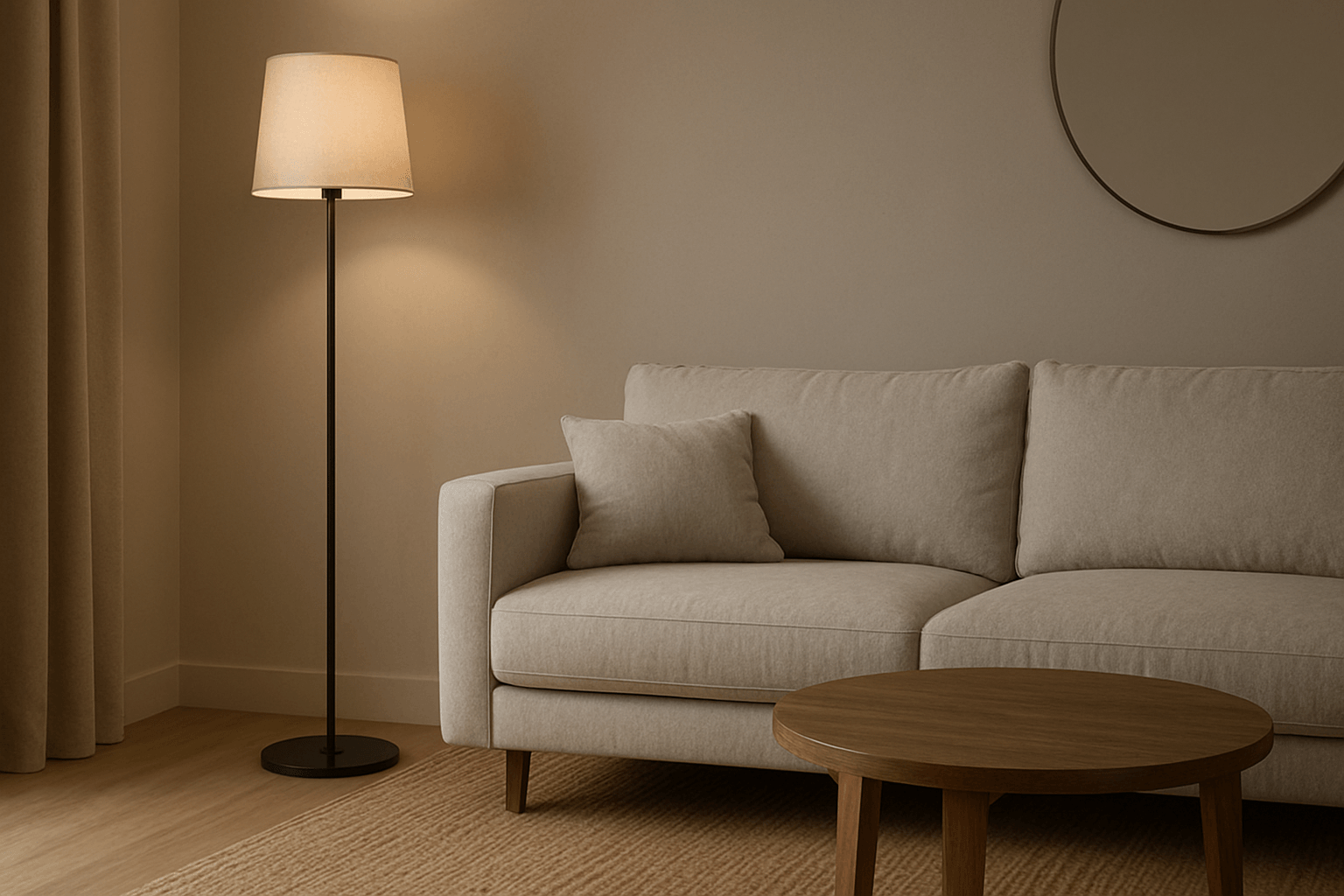Creating a Home That Works for You
Beyond Aesthetic: The Role of Function
A well-designed home isn’t just about looks—it’s about how it works. From the flow of natural light to how a lamp dims in the evening, every design choice should make your life smoother, not more complicated. Good design should support you, not demand from you.
Start with functionality. Ask yourself:
-
How do I live?
-
What spaces need calm, and what spaces need energy?
-
Do I have corners that are underused or poorly lit?
When form meets function, a home becomes not just livable—but personal.
The Feel of Materials
We often underestimate the emotional effect of materials. Linen curtains, solid wood furniture, matte ceramic finishes—these things ground us. They soften the sharpness of modern life.
Try to limit high-gloss surfaces in areas meant for relaxation. Instead, opt for:
-
Warm woods
-
Textured glass
-
Stone or travertine
-
Natural woven fibers
These elements bring tactile comfort, even in minimalist interiors.
Furniture That Breathes
Minimal doesn’t mean sparse. It means deliberate. Choose fewer pieces, but let them speak. A well-placed accent chair or an oversized pendant over the dining table can do more than a cluster of trendy accessories.
Leave space between things. Let your rooms breathe.
Light as Architecture
Lighting is one of the most overlooked elements of interior architecture. It's not just about brightness—it's about tone, shape, and flow.
Use floor lamps to create pockets of intimacy in large rooms.
Add sconces to draw the eye upward and accent vertical lines.
Consider warm LED strips under shelves or around headboards to create soft silhouettes.
Choose light like you choose artwork—purposefully.
Balance in Scale
Mixing scale is essential to creating interest. A large mirror, a low bench, a tiny bedside light—all in one room—make the space feel thoughtful and dynamic.
Avoid filling every corner. Negative space is powerful. It lets your chosen pieces shine.
Home as a Slow Project
Your home doesn’t need to be finished right away. In fact, it shouldn’t be. The best spaces evolve slowly, as you find pieces that truly resonate. Let your surroundings unfold with you.
Style with patience. Live in the space before rushing to fill it.
Final Thought
Your home is your backdrop, your refuge, your self-expression. It should feel effortless—not performative. Whether you're layering lighting or selecting new furniture, choose what supports your day-to-day.
Minimalism isn’t about having less. It’s about having only what matters.
















